Insects may be small, but their impact on the ecosystem is monumental. From pollination to decomposition, these tiny creatures play crucial roles in maintaining the balance of nature. While some insects like bees and butterflies are well-known, there are rare species with equally vital ecological contributions.
This article dives into the fascinating world of rare insects, exploring their roles, newly discovered species, and why their preservation matters.
The Importance of Rare Insects in Ecosystems
Pollination and Plant Reproduction
Rare insects, such as specific orchid bees, are essential for pollinating plants that rely on specialized pollinators. Without these insects, many plants, including some rare orchids, would struggle to reproduce, leading to cascading effects on the food chain.
Examples:
- Wallace’s Giant Bee (Megachile pluto): Known as the world’s largest bee, this species contributes to pollinating rare tropical flowers in Indonesia.
- Hummingbird Hawk-Moth (Macroglossum stellatarum): Resembling a hummingbird in flight, this moth plays a significant role in pollinating flowers in mountainous regions.
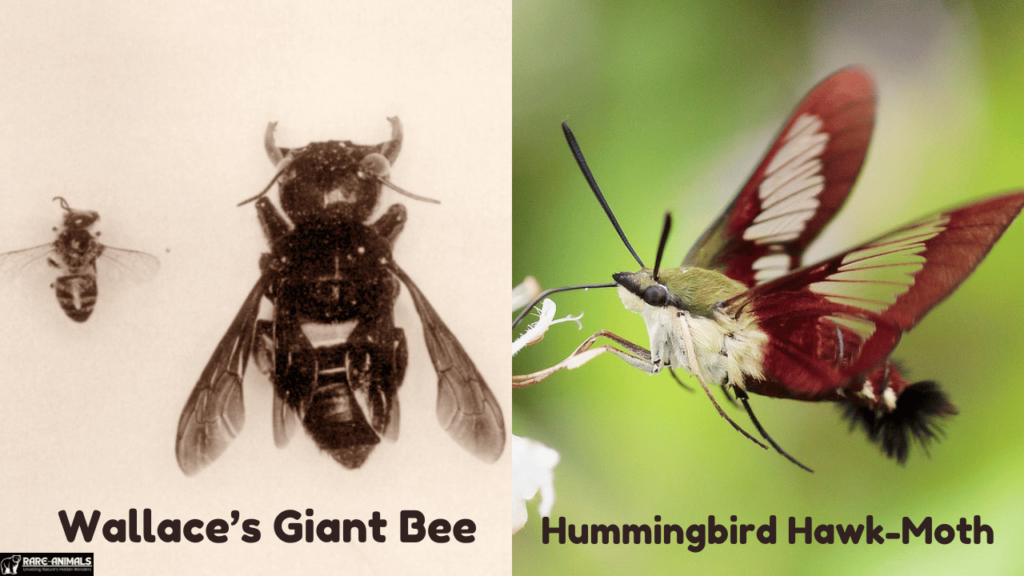
Natural Pest Control
Certain rare insects are natural predators of agricultural pests, reducing the need for chemical pesticides.
Key Players:
- Tiger Beetles (Cicindelinae): Renowned for their speed and predatory behavior, they control populations of harmful pests in various ecosystems.
- Assassin Bugs (Reduviidae): These insects are adept hunters, preying on a wide range of crop-damaging species.
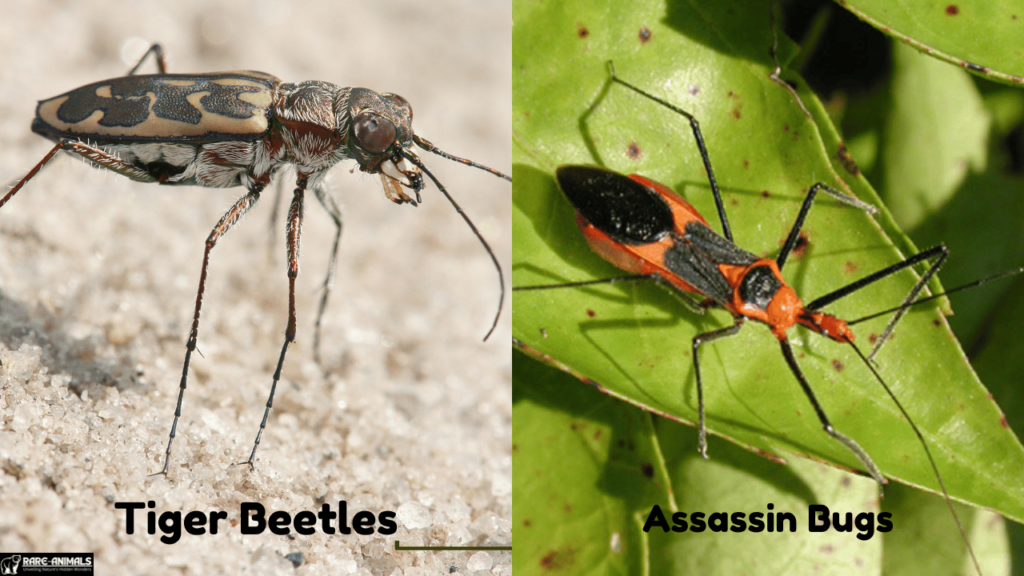
Decomposition and Nutrient Cycling
Decomposers break down organic material, recycling nutrients into the soil and promoting healthy plant growth.
Notable Decomposers:
- Carrion Beetles (Silphidae): These beetles play a crucial role in decomposing animal carcasses.
- Dung Beetles (Scarabaeinae): By burying and consuming dung, they improve soil health and reduce greenhouse gas emissions.
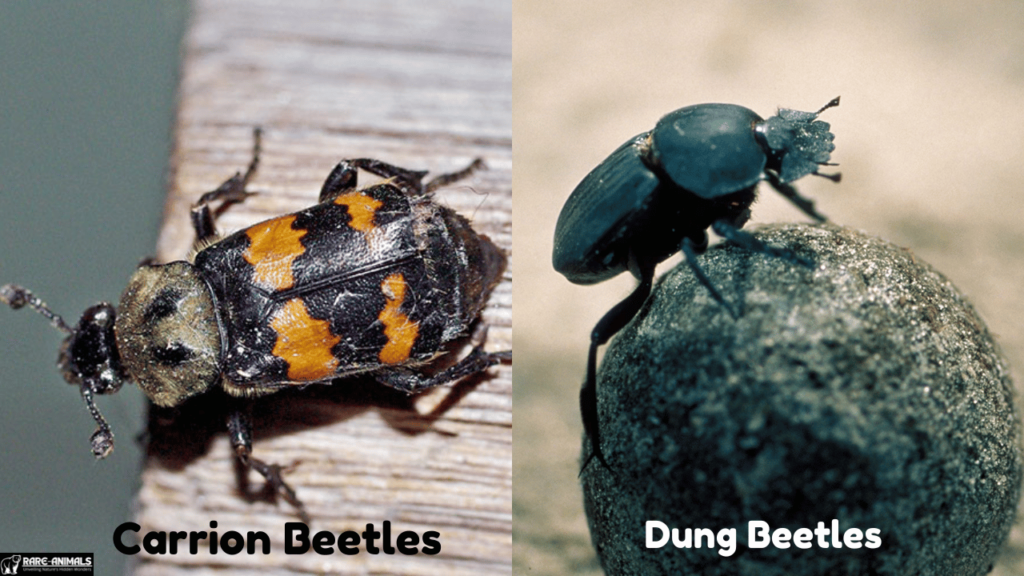
Rare Insects Recently Discovered
Highlights of Newly Discovered Species
The discovery of rare insects sheds light on biodiversity and the need for conservation efforts.
Examples:
- Giant Water Bug (Lethocerus grandis): Found in South America, this aquatic predator is vital for controlling mosquito populations.
- Ruby Seadragon (Phyllopteryx dewysea): Though not an insect, its discovery emphasizes the importance of exploring uncharted habitats.
- Dryococelus australis (Lord Howe Island Stick Insect): Once thought extinct, this insect’s rediscovery highlights the resilience of nature.
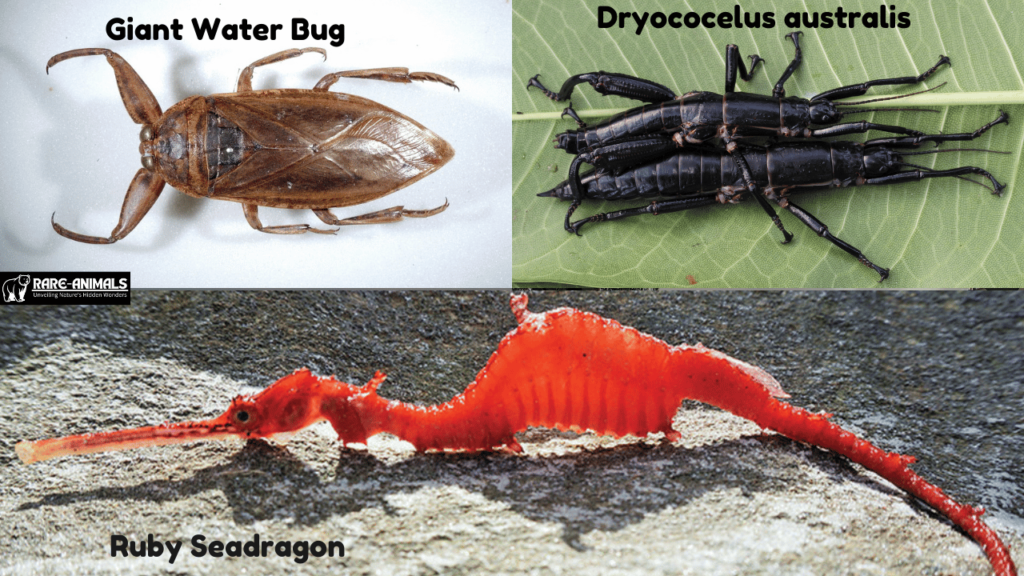
Challenges to Rare Insect Conservation
Habitat Destruction
Deforestation, urbanization, and agricultural expansion are primary threats to rare insects, leading to habitat loss and fragmentation.
Climate Change
Shifting temperatures and weather patterns disrupt the habitats and life cycles of many insects.
Pollution
Pesticides and industrial pollutants harm insect populations, often targeting non-pest species unintentionally.
Invasive Species
Non-native predators and competitors can decimate native insect populations.
How to Support Rare Insects and Their Ecosystems
Promote Native Plant Growth
Planting native species in gardens and urban areas provides essential habitats and food sources for rare insects.
Reduce Pesticide Use
Opt for organic farming practices and integrated pest management systems to minimize chemical exposure.
Participate in Citizen Science
Join projects that track insect populations and contribute valuable data for conservation research.
Advocate for Policy Changes
Support legislation that protects natural habitats and promotes sustainable development.
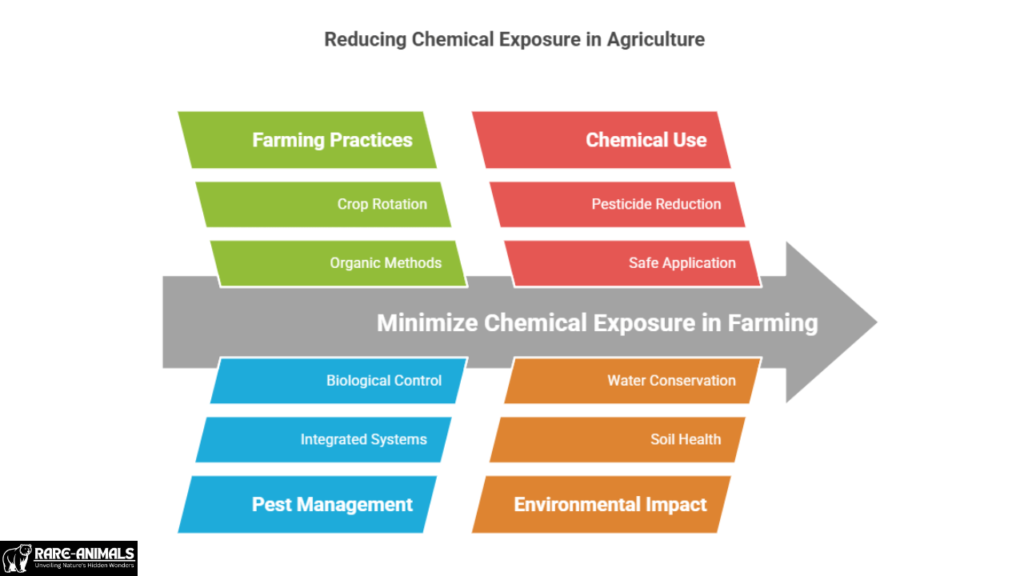
FAQs
Why are rare insects important?
Rare insects often have specialized roles, such as pollinating unique plants or controlling specific pests, making them vital for ecological balance.
How can I attract rare insects to my garden?
Plant native flowers, avoid pesticides, and provide shelter like logs and rocks to create a welcoming environment.
What is the most endangered insect in the world?
The Lord Howe Island Stick Insect (Dryococelus australis) is considered one of the most endangered due to its extremely limited habitat.
How does climate change affect insects?
Climate change alters habitats, disrupts food availability, and accelerates the spread of invasive species, all of which threaten insect populations.
Are all rare insects beneficial?
While most rare insects play positive ecological roles, a few may act as pests under certain conditions. However, their overall contributions are essential to biodiversity.
Conclusion
Rare insects are unsung heroes of our ecosystems, contributing to pollination, pest control, and nutrient cycling. Protecting these species is not only vital for ecological health but also for human survival. By taking small, informed steps, we can make a big difference in preserving these fascinating creatures and the balance of nature.
Explore, act, and advocate for the insects that keep our world thriving!

Alveena is an experienced content writer with a knack for crafting engaging and insightful pieces. She thrives on breaking down complex ideas and presenting them as clear, captivating content that resonates with readers.

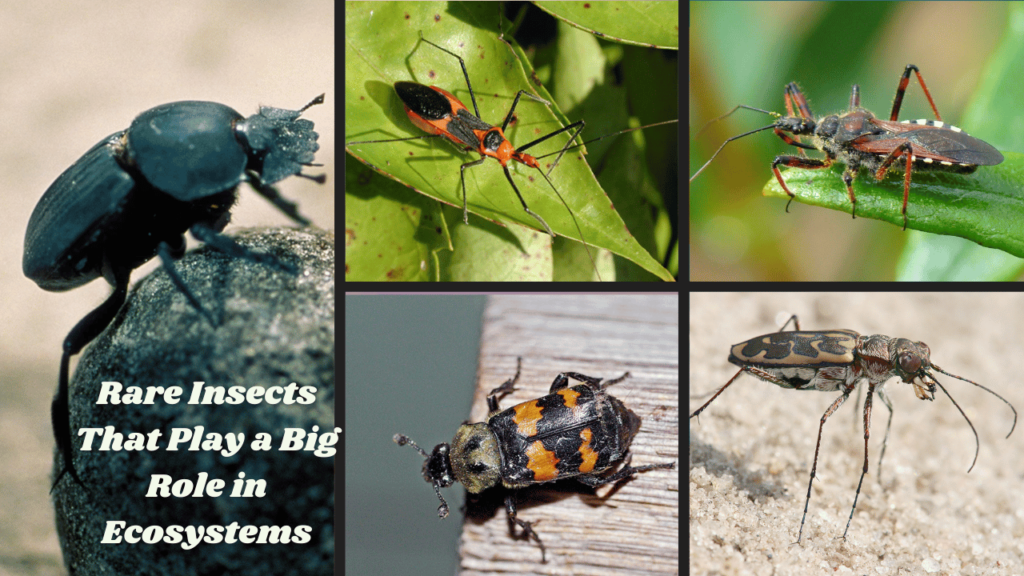

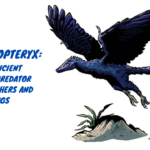




2 thoughts on “Rare Insects That Play a Big Role in Ecosystems”